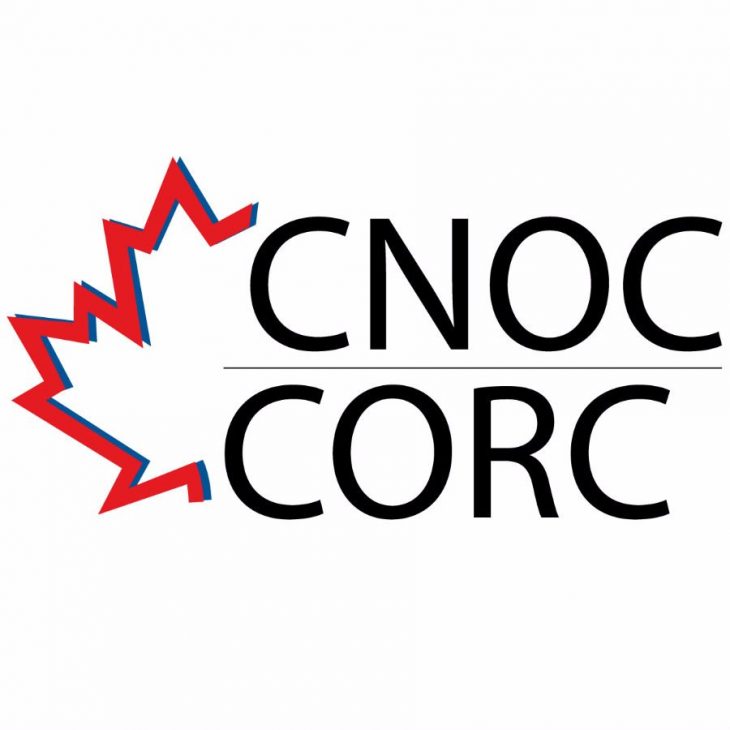
OTTAWA – The Canadian Network Operators Consortium (CNOC) has filed a counter submission to the Governor-in-Council (a.k.a. federal cabinet) over petitions sent by the big incumbent carriers who are protesting the CRTC’s decision to lower wholesale prices for internet.
Last August, the CRTC lowered the final prices the incumbents – Bell, Rogers, Telus, Shaw, Videotron, Cogeco, and Eastlink – can charge resellers, and made those rates retroactive to 2016, when interim rates were set. The incumbents protested to the Federal Court, the cabinet and the CRTC. The court granted the leave to appeal and has yet to rule.
“Canadians suffer because the large telecoms are holding affordable internet hostage with their unnecessary delay tactics and threats of pulling investment,” Matt Stein, CNOC chair and president of Distributel, said in a release on Tuesday. “They gamed the system, inflated rates for years and got caught. We need the federal government to act swiftly and to do what is right – uphold the CRTC decision that set the correct, final wholesale rates last August.”
Some providers, including TekSavvy and Distributel, lowered internet prices as a result of the decision and stuck by it despite roughly $325 million in retroactive payments to those providers now suspended because of the court’s stay of the matter.
CNOC filed its submission on Friday and issued a press release Tuesday – the first day of the CRTC’s wireless policy review, the result of which is expected to yield whether or not the regulator will mandate access by mobile resellers to incumbent wireless networks.
In its submission to the government, CNOC argues that there’s no evidence that accessible and affordable high quality internet will be harmed by the order, citing over 125,000 written letters to the governor in council from Canadians; that no harm will be done to investment by the incumbents if the order stands as the bigger players make this argument “every single time” with no proof; and the incumbent’s petitions are moot because the court has put a stay on it and the CRTC is already reconsidering it.
Immediately following the CRTC’s decision, the big telecoms announced investments in some of their internet projects would be scaled back and that the resulting order would impact 5G investments as well. CNOC notes that even if the incumbents do scale back funding, which it said it doesn’t believe will happen, the void would be filled by competitors and public funding so that the rural and urban divide is bridged.
“Overall, there is no basis for the claim that the Order will have catastrophic impacts on investment in broadband infrastructure in Canada,” CNOC says. “This is nothing more than the usual hyperbole and fear mongering from the Petitioners whenever they face greater competition.”
CNOC also says in the submission that the retroactive payments due are “just and reasonable,” the incumbents’ arguments that an increase in market share by competitors is proof that regulatory intervention is not needed is “absurd” because competitor market share is still very small, and to reject the incumbents’ request of the governor-in-council to direct the CRTC to only reconsider the August order once it has completed a costing methodology and the wholesale wireline proceedings, which would delay the reconsideration until 2022 at the earliest, CNOC claims. The CRTC is currently deliberating on final rates for wholesale fibre access under the new disaggregated regime, which will require wholesalers to get their own transportation services to access the last-mile fibre of the incumbents.
“The Governor in Council should not tolerate greater delay in the coming into force of the Order,” CNOC adds. “Allowing the Order to come into force as soon as possible will advance several of the government’s telecommunications policy objectives, including those articulated in the 2019 Policy Direction to the Commission,” which forces the CRTC to view its decisions with a focus on consumer interests and competition.
CNOC also told cabinet it’s time to consider structurally separating Canada’s big telecoms in order to make the market work better across the country. “CNOC believes that the time has come to begin investigating how the functional or structural separation of the (incumbents) into separate and distinct wholesale and retail divisions may be accomplished in Canada and encourages the Governor-in-Council to direct ISED to investigate how functional and structural separation has been implemented in other jurisdictions and how it might be implemented in Canada,” reads its petition.
“CNOC also urges the Governor-in-Council to begin investigating methods that may be taken to deter the ability and incentive of the Petitioners to continue delay, obstruct, and hinder the implementation of effective wholesale regulation in Canada. One solution that has worked well in other industrialized countries such as Australia, New Zealand, and the United Kingdom, is to functionally and/or structurally separate incumbent telecommunications service providers into separate wholesale and retail companies.
“This method of regulation dramatically changes the economic incentives of incumbents and, properly implemented, can make them view service-based customers as valued customers instead of competitors that must be stopped at all costs, including through multi-decade regulatory and legal battles that waste the resources of all parties, including the Government,” according to CNOC.



